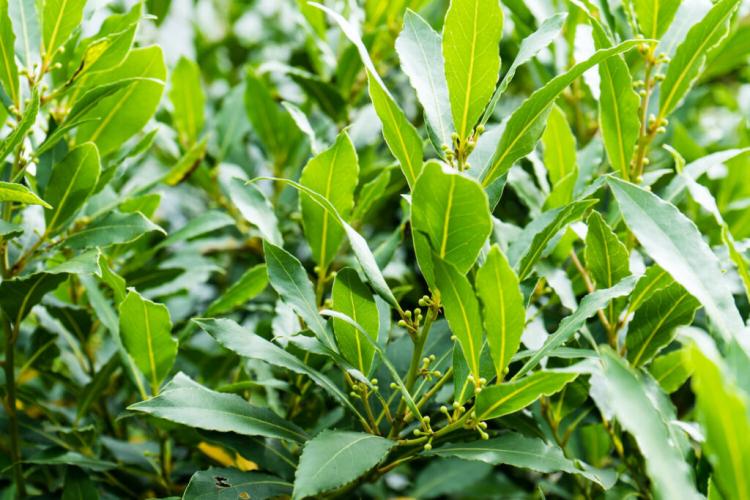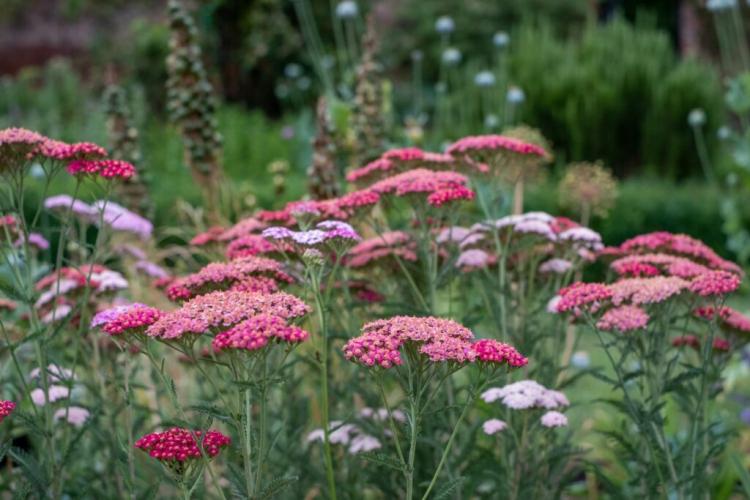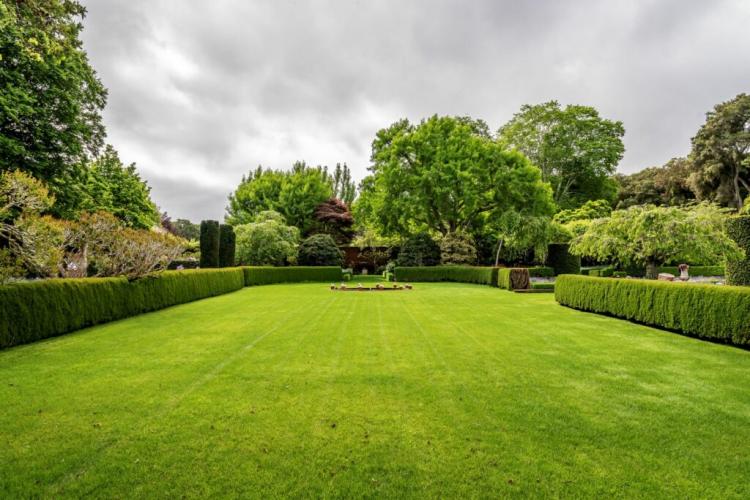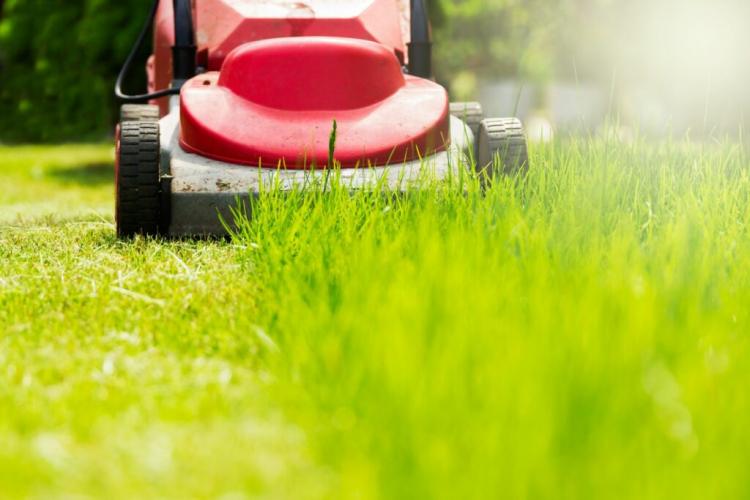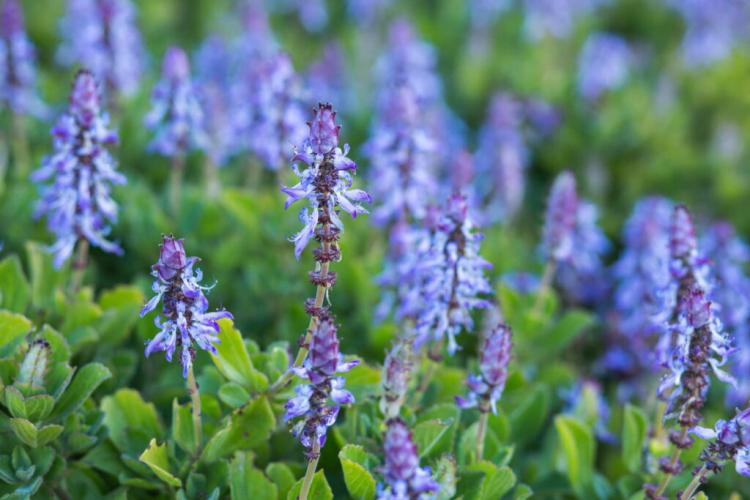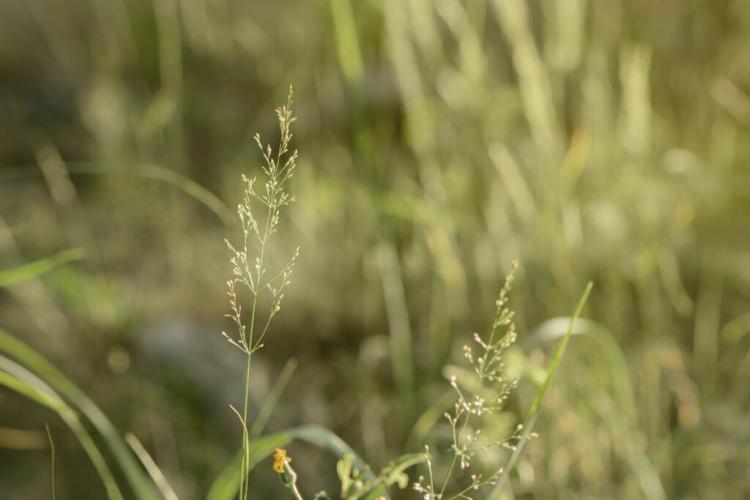Boscs Bottle Pear: Pollinator, Cultivation & Harvest
The name 'Kaiserkrone', which is also used, lives up to 'Boscs bottle pear' and is a very valuable, old variety in the home garden. We'll tell you why.

The good yield of 'Boscs bottle pear' ensures regular enjoyment in your garden [Photo: Chiyacat / Shutterstock.com]
'Boscs bottle pear' is also known under the names' Kaiser Alexander ',' Alexanderbirne, 'Beurré d'Apremont' or 'Kaiserkrone'. The pear variety bears a lot of fruit even in old age and is best suited for direct consumption due to its sweet, melt-in-the-mouth flesh and limited shelf life.
Bosc's bottle pear: profile
Table of Contents
| Synonyms | 'Emperor Alexander', 'Alexander Pear', 'Beurré d'Apremont', 'Imperial Crown' |
| fruit | Medium to large, green-yellow skin with strong, yellow-brown russeting |
| taste | Sweetish, very juicy |
| Yield | Regular, medium to high |
| Harvest time | From mid-September |
| Ripe for enjoyment | From October on |
| Shelf life | Can be stored in a cool place until December / beginning of January |
| growth | Medium strong, pyramidal crown |
| climate | Can be cultivated widely, also suitable for medium altitudes |
| Diseases and pests | Locally susceptible to scab, moderately susceptible to viral stone fruitiness |
Origin and history
It is not exactly clear where 'Boscs bottle pear' ( Pyrus communis 'Boscs bottle pear') originated. It is believed, however, that it emerged as a chance seedling in Belgium or France at the beginning of the 19th century. Its name goes back to the director of the botanical garden in Paris Bosc. It is said to have found its way to Germany under the name 'Kaiser Alexander' pear by the pomologist Van Diel in 1810.
Tip: The synonymous name 'Kaiserkrone' is also used for the pear variety 'Princess Marianne', which is ripe earlier and has a significantly different taste. Despite the similar appearance, however, these are not the same variety of pear.
Properties and taste of the pear 'Kaiser Alexander'
The shape of the medium-sized to large fruits is best described as bell-bellied or bottle-shaped. They tend to be slimmer towards the stem. This is seated, sometimes with a small bulge of meat. The basic color of the 'Bosc bottle pear' is actually green-yellow – however, this is usually not recognizable at first glance, as the yellow-brown russeting of the peel is very dominant. This is typically washed out and web-like. The peel is rather rough and dry, but that doesn't bother eating it. In contrast, the whitish-yellowish pulp is not dry at all, but very juicy, sweet and very tasty.
Cultivation and care of the pear tree: this is important to note
The pear variety 'Kaiserkrone' can cope with many different growing conditions, so it can be cultivated widely and can even be grown at medium altitudes. It prefers warm and nutrient-rich soils that should not be too moist or rich in clay. Sandy, loamy or humus substrates are ideal. If there is too much copper or sulfur in the soil, the tree can be somewhat sensitive.

The typical yellow-brown color due to the russeting makes it easy to distinguish it from other pears [Photo: R Doran / Shutterstock.com]
The tree of the pear variety 'Kaiserkrone' grows medium-strong with a pyramidal crown. He needs maintenance cuts every year, in which one should remove old branches and divert overhanging fruit branches to more upright side shoots. 'Bosc Bottle Pear' has long fruit shoots and does not branch well. For this reason, the tree should be pruned several times during the upbringing in the first few years so that sufficient scaffolding branches form. Old, rarely cut trees of the 'Boscs bottle pear' variety often consist only of inferior, hanging fruit wood and then have to be rejuvenated more radically. General tips on how to properly prune your fruit trees can be found in our special article.
The pear is offered as a high stem, half stem or bush tree. 'Boscs bottle pear' is also very popular in the trellis, although its growth behavior is not ideal for this. Quinces are unsuitable as a base for this pear. The quince A underlay can be used with intermediate finishing. For taller tree forms, 'Gellert's Butterbirne' is recommended as a master builder. The slow growing rootstock 'Pyrodwarf' can be used for half-trunks or bush trees.
The 'Kaiserkrone' pear is only locally susceptible to scab and is only moderately susceptible to viral stone fruit, which has an advantage over varieties such as 'Gellert's Butterbirne'. The wood of the tree is sensitive to frost, but the flowers are usually sufficiently resistant to late frosts. Even when using pesticides, no agents with a lot of copper or sulfur should be used, as the 'imperial crown' reacts sensitively to this.
The flowering time of 'Boscs bottle pear' is between April and May. The 'Conference', 'Williams Christbirne' or 'Clapps Liebling' varieties, for example, can be used as pollinators for 'Boscs Bottle Pear'. If you combine these in your garden, the varieties can pollinate each other as the 'Alexander Pear' is a good pollen donor.
You can also expect a good medium to high yield from this strain, which is always very regular and usually of good quality.
Tip: With a primarily organic complete fertilizer such as our Plantura organic universal fertilizer, the low sulfur content of only 2% is ideal for this sensitive variety. At the same time, with its long-term effect, the organic fertilizer has the advantage that you do not have to constantly re-fertilize your pear tree even when cultivating in pots.
Harvest and use Bosc's bottle pear
The 'Kaiserkrone' pear can be picked as early as mid-September, although it will be ready for consumption from October. It is advisable to pick them when they are hard, as the fruits can easily fall off when they are really ripe. If the pears are stored in a cool place, you will still have some of your pears until December or early January, as they can be stored at 0 ° C for two to four months. The large fruits are best for direct consumption or processed as compote or for drying. They are less suitable for pickling, as the pear turns brown in the glass.
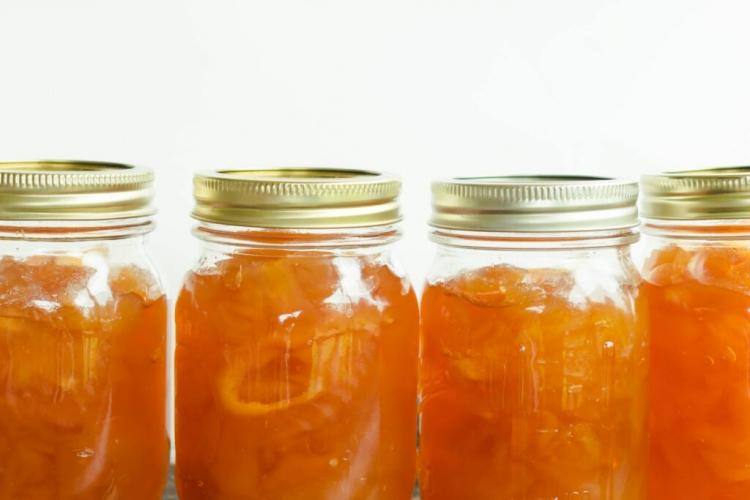
If you canning your pears in a jar, you'll have them longer [Photo: Linda21 / Shutterstock.com]
How to plant your young pear tree is explained in more detail in our special article.

